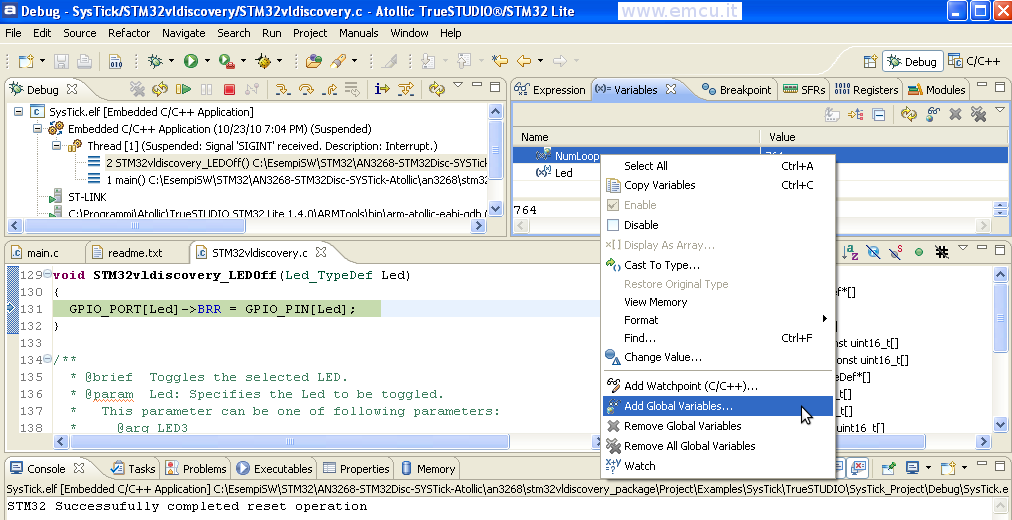
STM32G0 Series: Based on ARM Cortex-M0, which works similarly to M0, but has some extra features to allow for low-power operation. The M4 architecture is very similar to the M3 architecture with added digital signal processing (DSP) functions, such as a hardware floating-point unit (FPU) and specialized assembly instructions (e.g. STM32F3 Series: Based on ARM Cortex-M4. These microcontrollers generally have more speed, memory, and peripherals than their Cortex-M0 cousins. STM32F1 Series: Based on ARM Cortex-M3. Inexpensive and a good place to start if you’re coming from the 8- and 16-bit microcontroller world. STM32F0 Series: Based on the ARM Cortex-M0 architecture. At the time of this writing, you can choose among: Within the Mainstream line, you have a number of options. If you are just starting out, I recommend sticking with the Mainstream line to learn the ropes. 
This should help you figure out which microcontroller you should use depending on your application(s).

For now, we will focus on the 32-bit MCUs.Īdditionally, you can see that the 32-bit MCUs (non-automotive) are divided up into 4 categories: Mainstream, Ultra-low-power, High-performance, and Wireless. Image credits: STMicroelectronics Microcontrollers and MicroprocessorsĪs you can see, ST has 8-bit microcontroller units (MCUs), 32-bit microprocessor units (MPUs), 32-bit MCUs, and 32-bit MCUs designed for automotive use. There, you still find an overview of their offerings, likely in a chart like the one below. The most useful place to start is on their Microcontrollers and Microprocessors page. STMicroelectronics offers a dizzying array of microcontrollers and microprocessors.






 0 kommentar(er)
0 kommentar(er)
